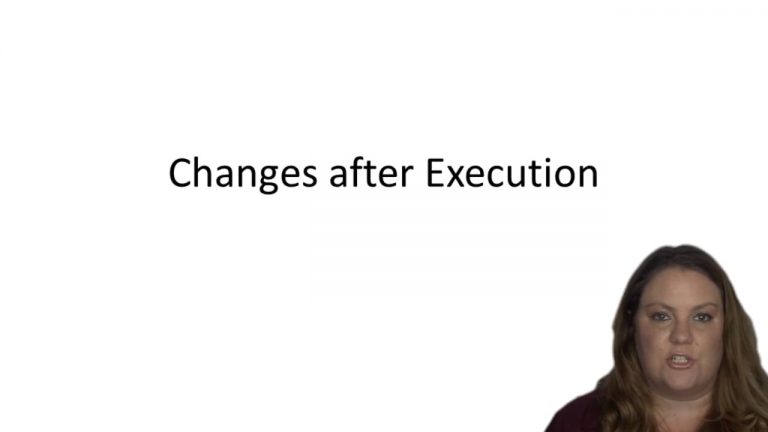SmartBrief
Confirm favorite deletion?
Wills, Trusts & Estates Keyed to Gallanis
Estate of Spencer
Citation:
591 P.2d 611 (Haw. 1979)Facts
On October 17, 1974, the testator, Robert Stafford Spencer, then a widower, executed a will in which he left his entire estate to “Sandra Jean Cantwell, of 361 Laleihoku Street, Wailuku, County of Maui, State of Hawaii.” On December 28, 1974, testator married Sandra Jean Cantwell. Appellee filed in the court below a petition for probate of the will. The evidence showed that prior to the marriage, on August 21, 1974, testator had designated the testamentary beneficiary as the beneficiary of his interest in the State Employees’ Retirement System, under the designation of “Sandra Tarlton Spencer,” and had referred to her on such form as his wife; and, that on September 3, 1974, the parties had met with the Reverend Winkler to set a date for their marriage.
Only StudyBuddy Pro offers the complete Case Brief Anatomy*
Access the most important case brief elements for optimal case understanding.
*Case Brief Anatomy includes: Brief Prologue, Complete Case Brief, Brief Epilogue
- The Brief Prologue provides necessary case brief introductory information and includes:
Topic:
Identifies the topic of law and where this case fits within your course outline.Parties:
Identifies the cast of characters involved in the case.Procedural Posture & History:
Shares the case history with how lower courts have ruled on the matter.Case Key Terms, Acts, Doctrines, etc.:
A case specific Legal Term Dictionary.Case Doctrines, Acts, Statutes, Amendments and Treatises:
Identifies and Defines Legal Authority used in this case.
- The Case Brief is the complete case summarized and authored in the traditional Law School I.R.A.C. format. The Pro case brief includes:
Brief Facts:
A Synopsis of the Facts of the case.Rule of Law:
Identifies the Legal Principle the Court used in deciding the case.Facts:
What are the factual circumstances that gave rise to the civil or criminal case? What is the relationship of the Parties that are involved in the case.Issue(s):
Lists the Questions of Law that are raised by the Facts of the case.Holding:
Shares the Court's answer to the legal questions raised in the issue.Concurring / Dissenting Opinions:
Includes valuable concurring or dissenting opinions and their key points.Reasoning and Analysis:
Identifies the chain of argument(s) which led the judges to rule as they did.
- The Brief Prologue closes the case brief with important forward-looking discussion and includes:
Policy:
Identifies the Policy if any that has been established by the case.Court Direction:
Shares where the Court went from here for this case.

 5m 36s
5m 36s